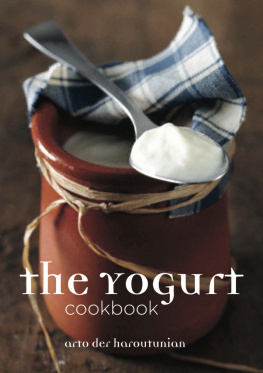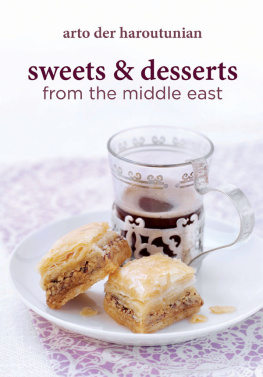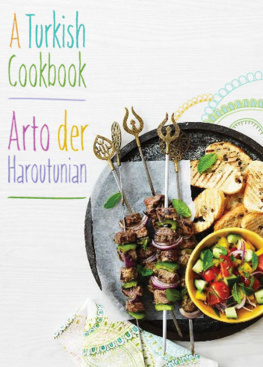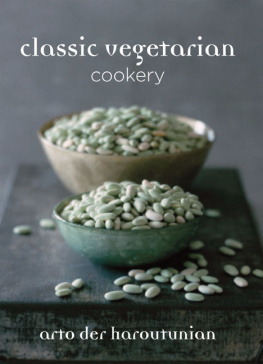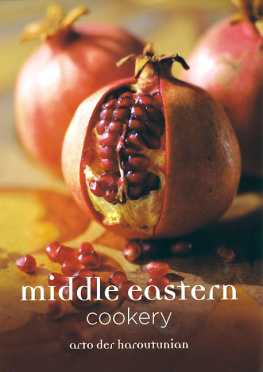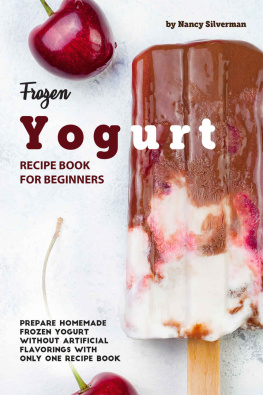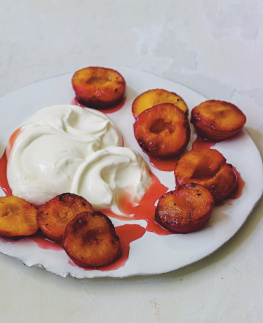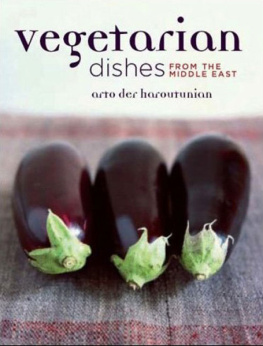introduction
I owe my family and age to yoghurt, nothing else
not even God!
M. Husseynov at the age of 147

When my family emigrated to Britain about thirty years ago with all our domestic paraphernalia including pots and pans, thick woollen blankets, a large packet of Turkish coffee, some dried aubergines, courgettes and okra vegetables unheard of by the British public in those days as well as old personal relics, my mother brought with her in her handbag a small jar of yoghurt which, she proudly announced, was to be the starter for the new bowl of yoghurt she intended to make on our arrival. The starter of that same jar had been brought over from the old country Armenia, where my family originated years before and, no doubt in some form or other, had been in our family for generations. Talk about eternity! Indeed, what I really should have said at the start is that yoghurt begets yoghurt; it is eternal. Let me explain.
The Russian-born French bacteriologist Dr Illya Metchnikoff (18451916), director of the Pasteur Institute in Paris and, in 1908, co-winner of the Nobel Prize for physiology and medicine (for his work on the infection-fighting properties of white blood cells) carried out a great deal of his research in the Balkans amongst the Bulgarian peasantry who, though extremely impoverished, had an average life expectancy of eighty-seven years. He concluded that this remarkable longevity was partly due to a drink called yoghurt. In his laboratory he isolated the two types of bacilli (Lactobacillus bulgaricus and Streptococcus thermophilus) that are responsible for changing milk to yoghurt. Metchnikoff proved scientifically what Middle Eastern people had known for centuries, that yoghurt a fermented, slightly acid, semi-solid cultured milk related to other fermented milks arrested internal putrefaction, has antibiotic properties which restore normal intestinal equilibrium and is excellent for the aged, the young and people with a weak digestion. Yoghurt contains a higher percentage of lactic acid C3H6O3, the acid formed in milk, than other fermented milks and is very rich in vitamin B2 complex. It has no more calories than milk. The yoghurt culture remains alive even after the passage through the intestine whereas the bacillus of other milk products is destroyed.
In the Caucasus, people have believed in the healing power of yoghurt for centuries. They have attributed their longevity to it and have maintained, for example, that yoghurt with garlic is an excellent cure for tuberculosis, that it helps dysentery, averts a hangover, increases sexual potency and even remedies baldness!
I remember that as a child I came to detest that thick, white, jelly-like food simply because I was forced to eat it day in, day out, on its own, with honey, as a salad or a drink, in stews or soups. Now, however, with the accumulation of grey hair and creeping middle age I have come to see not only its many benefits but I have come to like it so much that, like a born-again believer, I have compiled this book of recipes to demonstrate how versatile and exciting yoghurt can be.
The name yoghurt is said to be either Bulgarian or Turkish in origin. This is not so. It is Armenian and derives from two Indo-European roots yough (oil) and gurd (curd; guard in Armenian). Thus yough-guard means the oil of the curd, i.e. the whey. Masta on the other hand means curdled milk in Sanskrit. This has been passed into Persian and Kurdish as mast and into Armenian as madz-oon. In Armenian ma-guard is the bacillus, i.e. the curd of masta. Thus today, when we say yoghurt what we really mean is the whey and not the curd. For the sake of accuracy we should call it either masta or mast or madzoon. We must also remember that while the above languages are Indo-European and the people Indo-Aryan by origin, both the Bulgarian and Turkish people, in language and origin, are of Mongolian stock, with a language that belongs to the Altaic family.
There are many fanciful and semi-mythological stories on the origin of yoghurt. Here are a few for interest.
The Tajik and Mongolian nomadic tribes carried their milk in gourds strung over the backs of camels. Sunshine and the constant jolting turned it thick and sour.
Early Greeks and desert nomads used to have their goats and sheeps milk exposed to the bacteria of the open air and thus it developed a new character.
Finally, the best of all, when Noahs Ark was floating over the waves and the animals produced all that milk poor old Noah had nowhere to store it and so he used sewn-up bags made of animal stomach and, to his great surprise, one day he found that the milk had thickened. At first he must have thought what a waste, but when he tried it he liked the flavour and thus yoghurt was born. However fanciful this last explanation is, it is very probably nearest to the truth, for the lining of a calfs stomach contains an enzyme, rennin, which produces rennet the curdling agent.
Round about 10,000 BC the Aryan tribes made their appearances in eastern Turkey, northern Iran and the north-west of India. They left a great religious compendium known as the Vedas, the most important of which is the Rig Veda, written over three thousand years ago. It reflects the religious beliefs, the customs and thoughts of the people who wrote it. Agriculture was the main activity of the Aryans. They tilled the soil with ploughs pulled by oxen a custom that still persists in Turkey, Iran and India. The Aryans herds were one of their main sources of wealth. The cow, which provided milk, was held in great esteem as it still is in India. Milk and butter were the staple foods of the Aryans and were offered as libations to the gods. The Aryans also ate flesh. They were great hunters, killing their game with bows and arrows or using ingenious traps. They grilled the meat on open fires.
Agri was the god of the fire, and he engendered the other gods. Soma or homa the ambrosia of the other races was the fermented liquid which gave force to Agri, made the gods immortal and filled the men with vigour. I believe this was none other than masta (yoghurt), to which was added the plant homa (Sarcostema vininelis). This result, a strong, intoxicating brew, which was considered healthy, nutritious and capable of providing strength as well as prolonging life, was truly the food of the gods! Indeed, amongst the Yogis, yoghurt mixed with honey is still considered a food of the gods and the name of the ancient Zoroastrian supreme deity Ahura-Masta (Ara-mast in Armenian), meaning all-powerful Masta, clearly reflects the great importance the Aryan tribes attributed to curdled milk.

